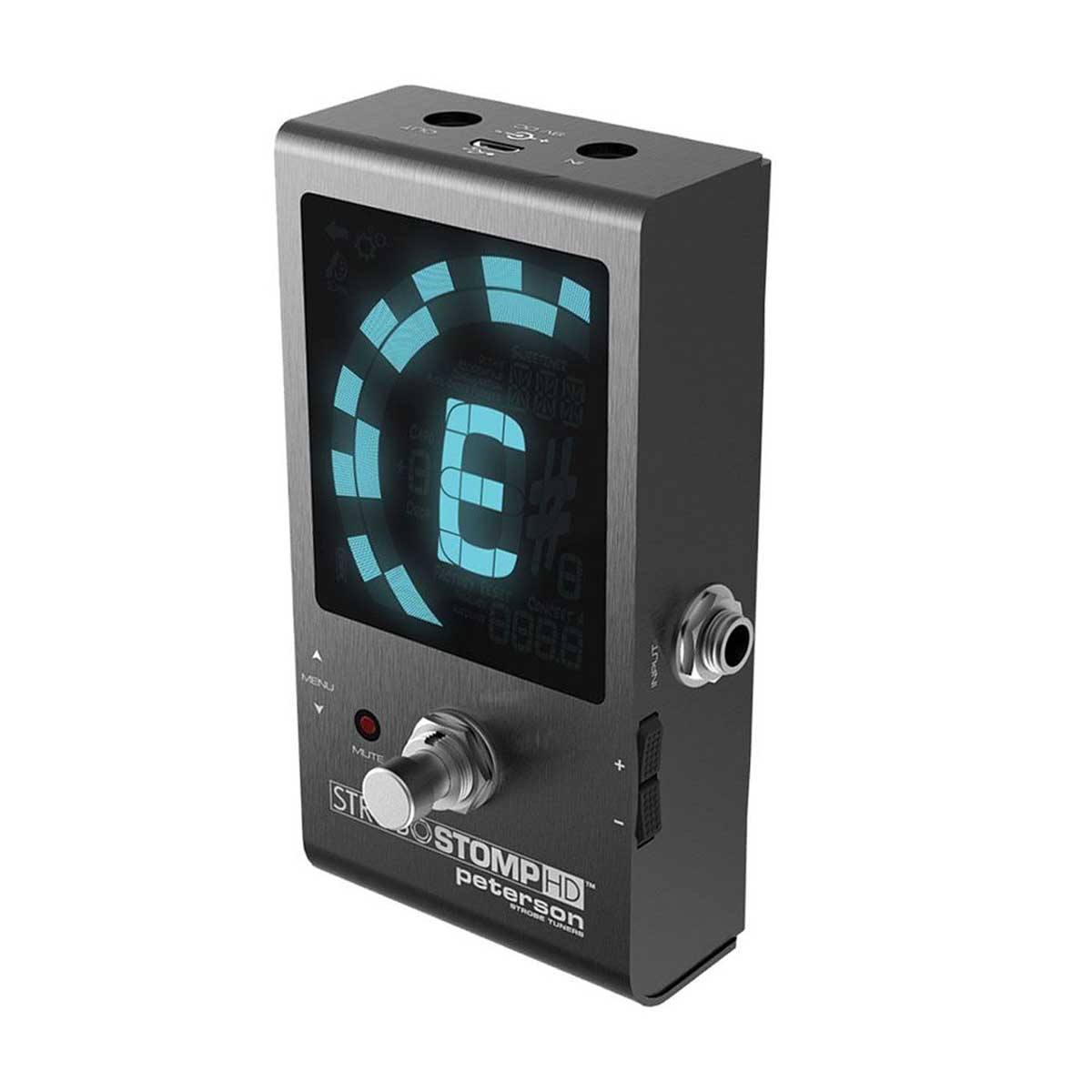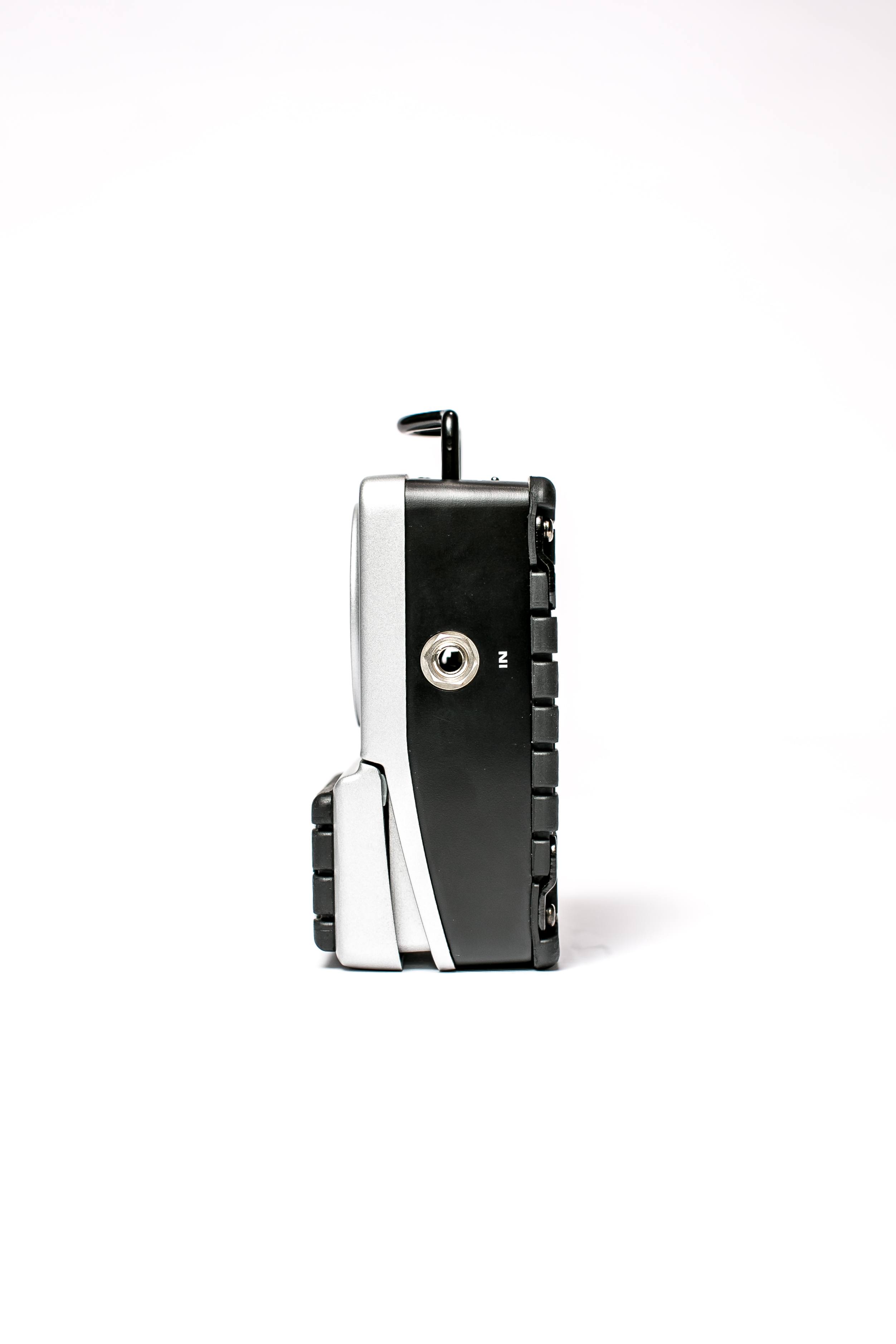
It tends to wobble from very slightly flat to very slightly sharp. A woodwind player has a hard time maintaining an exact pitch. One advantage of a strobe tuner is that it handles warble better. I'm pretty sure it was a Peterson, but we are talking Peterson technology of 1969. I learned to tune my sax using the equivalent of a Peterson Strobe Center 5000-II. The originals were really and truly expensive at ten times as much way back when. But you can't really get overtone information from the clip-ons nor from the stompbox or rackmount ones, and at just around $100, and with several various models available, they are a real bargain. # I'm doing more playing and less studio work these days, so I might actually sell mine before too long.Īs for pricey, they sure are compared to all the great little microchip-driven clip-on devices that are out there now. When you want to tune out to the third (or more) harmonic, if you use lots of different types of instruments, and I would imagine that if you're doing a number of lutherie tasks, that the Petersons could be a fine asset.

My initial tests confirmed that the Intellitouches (the several that I have, anyway) operate with good accuracy for the guitars, mandolins, banjos, and so on. #It's been really useful in tuning oscillators on some vintage analog synthesizers. #It was essential when a client's Fender Rhodes suffered some rough handling and needed to be retuned. #The violinists and horn & reed players like it, and it's been good for some keyboard stuff. Recently, during some online controversies about the accuracy of the Intellitouch tuners, I ordered one of the new Peterson VS models, to keep in my studio as a 'master' tuner and to find out how the Intellitouch clip-ons measure up.Īs it turns out, the VS doesn't get much use, at least not for plucked-string instruments. Setups and structural work on acoustic instruments. is this note right?,' and so it's really useful for The Peterson displays tell things about instruments' tuning that go beyond '. #Only really successful operations had them, but it was a musical survival technique to learn to use 'em. #They were ubiquitous in good music stores and luthiers' shops, so I got used to it. I got used to reading the Peterson whirly displays in the '70's, when they were the only tuning device, aside from a tuning fork, that was useful.

The display farthest to the left on the screen is the fundamental tone. I find that there are far fewer times now that clients stop halfway through the first song because an instrument is slightly out of tune with itself.ĭon't let all the spinning wheels drive you nuts. Mainly I bought the Peterson to use in my studio. I probably will get one of the tuning pick-up to use with my instruments which don't have one built in. Tuning with the built in microphone is a little more problematic especially in a noisy environment. With the V-SAM, I no longer have to do that. If I tune the guitar with the Boss, I usually have to do some micro tuning by ear to get chords to sound really in tune.harmonics on the 5th and 7th fret.listening for beat differences.

It is the only tuner I have ever owned, and I have had quite a few including The Boss TU-12 (bought in 1989) that tunes every instrument I own perfectly. I have found it works great when I plug an instrument with a pickup in to it. Yep, I bought the V-SAM tuner a couple of months ago and love it.


 0 kommentar(er)
0 kommentar(er)
